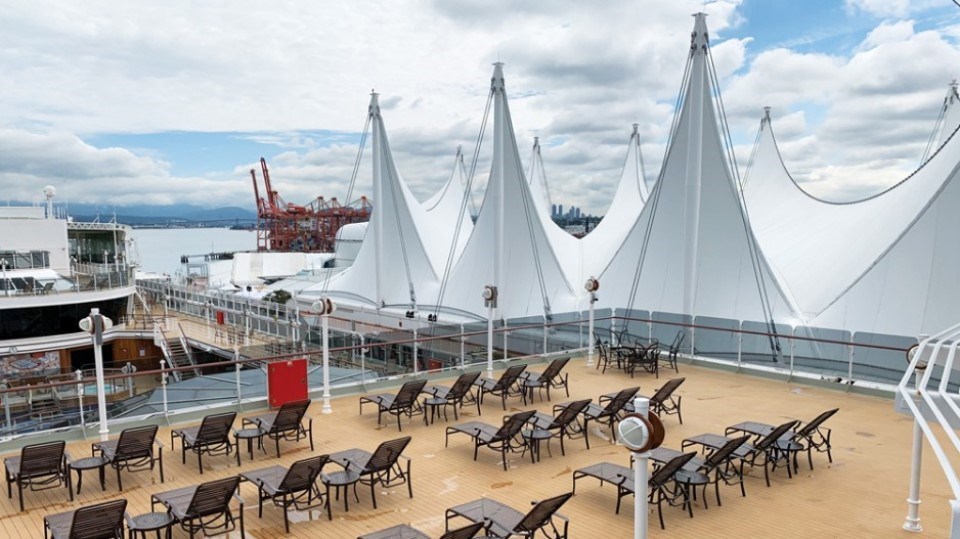The Port of Vancouver could soon become a part of the world’s first cruise-led “green corridor” — a maritime route championing zero greenhouse emission practices — stretching from Seattle to Alaska.
The Vancouver Fraser Port Authority joined a number of other ports and cruise lines Tuesday morning to announce the “First Mover Commitment,” which will explore the feasibility of creating a green corridor in the Pacific Northwest.
Officials said the move was made specifically to deal with the growing concerns around climate change, and will include efforts to more clearly define what a “green corridor” means in B.C. as well as supporting existing green technology in the maritime sector.
“The Pacific Northwest is both an area of tremendous natural beauty, and an area of global leadership in advancing sustainable shipping,” said Robin Silvester, president and CEO of the Vancouver Fraser Port Authority, in a written statement while also noting existing efforts such as the Northwest Ports Clean Air Strategy and the ECHO whale-protection program.
“... We look forward to building on those efforts, in collaboration with our partners, customers and local stakeholders, by exploring the feasibility of a first-of-its-kind “green corridor” to advance cleaner, greener shipping at the Port of Vancouver and through this region.”
The announcement was made at the World Ports Conference taking place at Vancouver Convention Centre East (Canada Place) this week, where sustainability in shipping was a central theme of discussion.
Also involved in the newly announced initiative are the Port of Seattle, the Borough of Juneau (Alaska) and a number of cruise-sector partners such as Princess Cruises, Holland America, Carnival, Norwegian, Royal Caribbean, Celebrity and the Cruise Lines International Association.
Officials say the goal is to accelerate the deployment of zero-emission ships between Alaska, B.C. and Washington, making the region’s cruise ship waterways a “test bed” for zero-emissions technology for propelling vessels and for other uses in the shipping sector.
Currently, there are more than 600 cruise ship sailings a year hosted by the Alaskan sea route, many of which originating from either Vancouver or Seattle.
While the support for the green corridor idea was strong among stakeholders, the group was coy when discussing whether there are any cost commitments made to carry out the initiative. Officials noted that the first step is for the announced partners to meet within the next 30 days, where a charter for the new initiative will put more concrete rules and guiding principles into place.
Before then, officials noted, it is unknown what the possible cost commitment from each port and cruise line partner may be in developing the green corridor concept.
“We are at step one on the organization side of this, before we get to the ‘how do we make this?’ and ‘how do we financially make it happen?’ said Steve Metruck, executive director at the Port of Seattle. “... So I don’t have a clear answer for [cost commitments], but it’s more like we taking the first steps... and identifying the work before us and developing that work plan.”
Metruck also noted that the group will take into account the experiences of other green corridor initiatives when developing the working plan. While this plan is the first green corridor initiative led by the cruise industry, there are some others in existence — including a Los Angeles to Shanghai shipping green corridor plan for trans-Pacific cargo transport.
And while the plan in the Pacific Northwest is currently just for the cruise industry to take part, officials added the plan is to attract more interest from others in the shipping sector to join in — eventually shifting the overall “greening” effect across a wide spectrum of port and vessel activities.
“As we begin our initial work to examine the feasibility of a green corridor, we expect that more partners and more industries may join us,” Metruck said. “We welcome that.”



